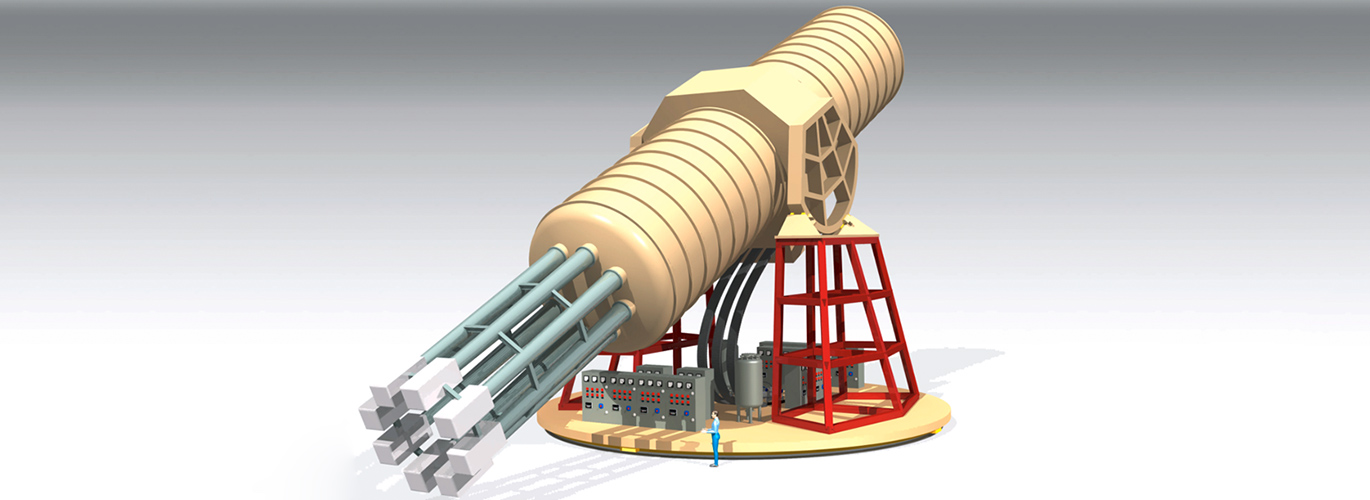
RADES & IAXO
Searching for dark matter axions

The RADES (Relic Axion Detector Exploratory Setup) research group is an exploratory project aiming to search dark matter axions in the microwave and millimeter frequency ranges. We developed a general theoretical framework for the analysis of haloscopes, which was applied to the design of different configurations implemented in rectangular waveguide technology. During the last years different prototypes have been designed and simulated in detail, built and installed in the CAST experiment of CERN. In this scenario, we have a strong cooperation with IAXO/baby-IAXO instruments for the design of an experimental set-up which allows the future search of axions.

IAXO, the International Axion Observatory, is a new generation axion helioscope and its main goal is to detect axions (or other similar particles) potentially emitted by the Sun’s core in large quantities. In order to do that, an axion helioscope uses a strong magnetic field to trigger the conversion of axions into detectable photons. The larger and more powerful the magnetic field, the larger the probability the conversion is. IAXO will use a huge 20m long toroidal superconducting magnet, with eight coils and eight 60cm diameter bores placed in between the coils. This magnet will be placed on a moving structure, much like that of a conventional telescope, in order to point the magnet to the Sun. At the end of the magnet bores, specially built x-ray optics will focus the putative axion-induced photons into small regions (0.2 cm2) at a focal distance of about 5 meters. Each of the focal spots will be imaged by ultra low background x-ray Micromegas detectors.



